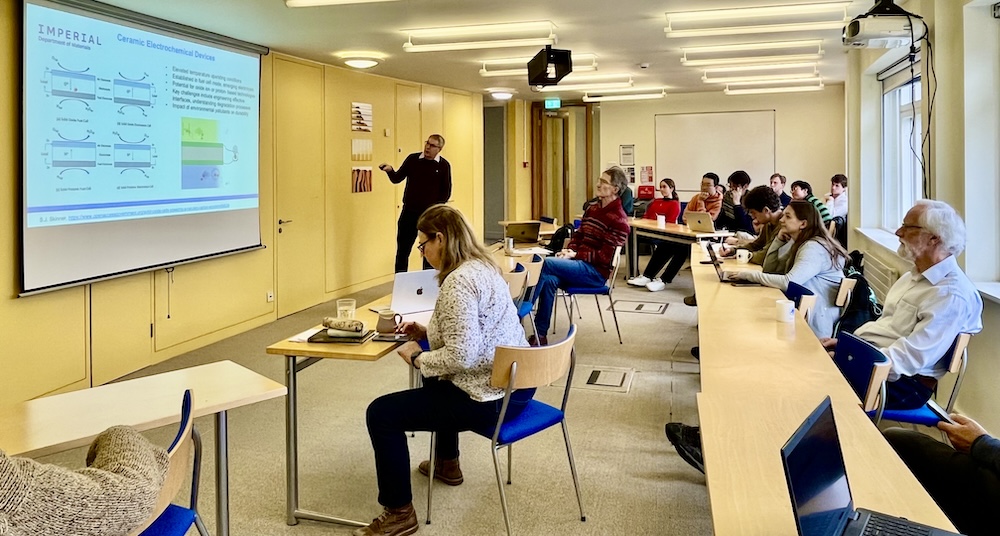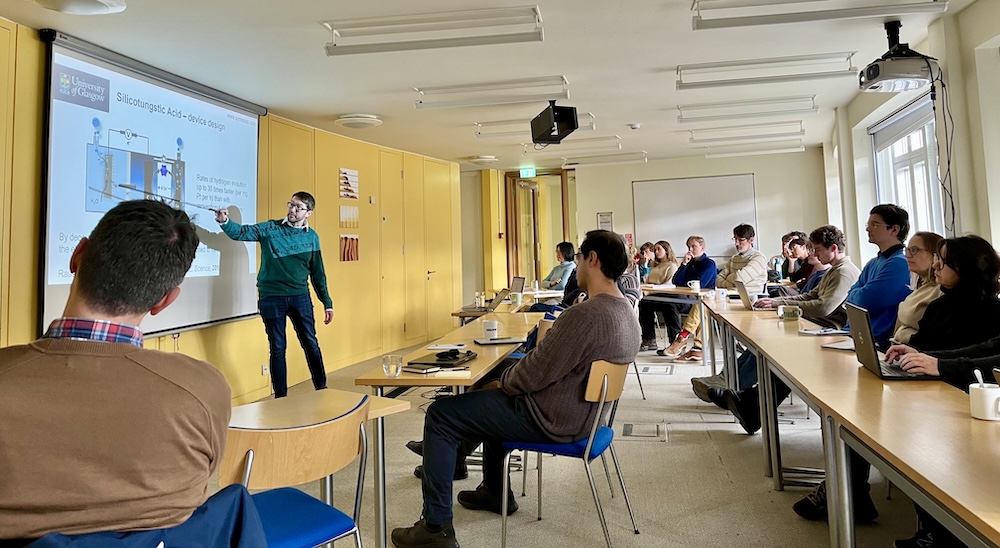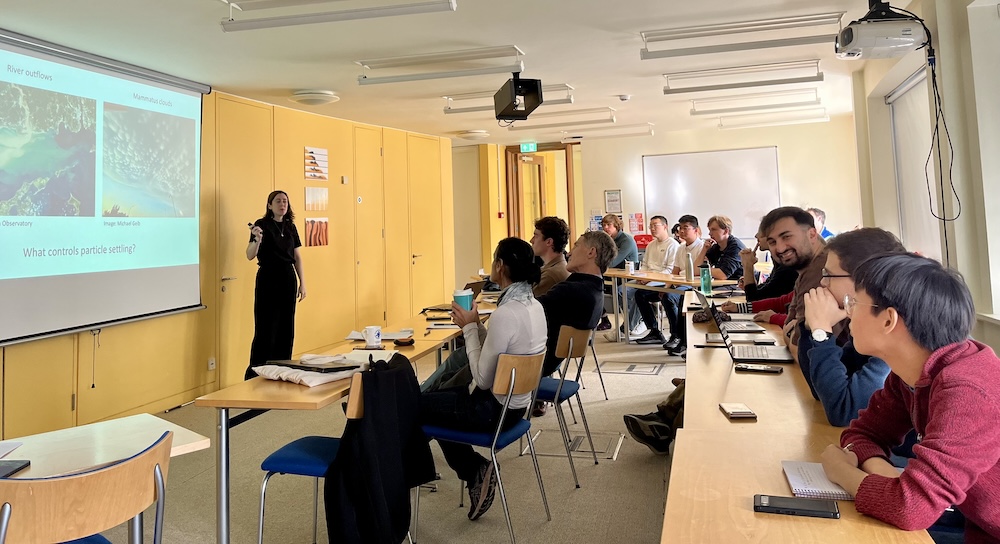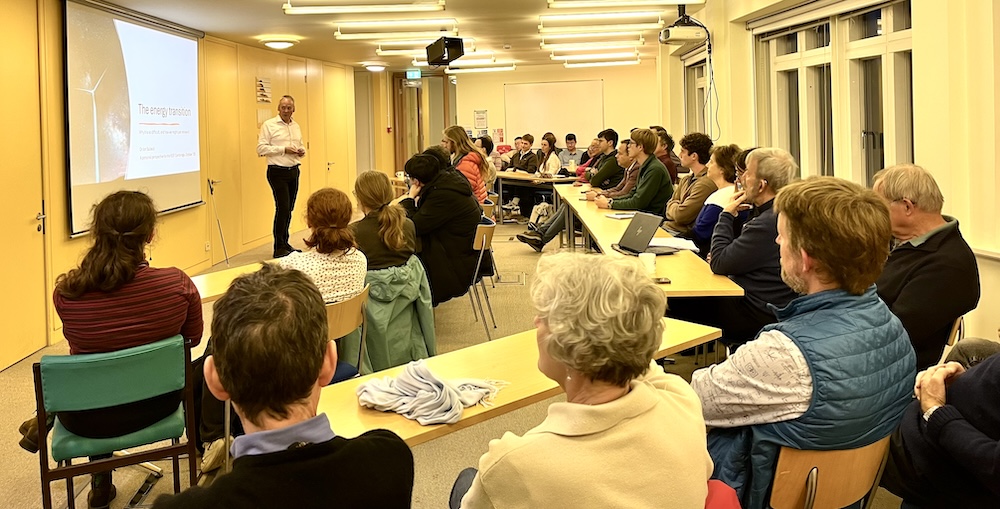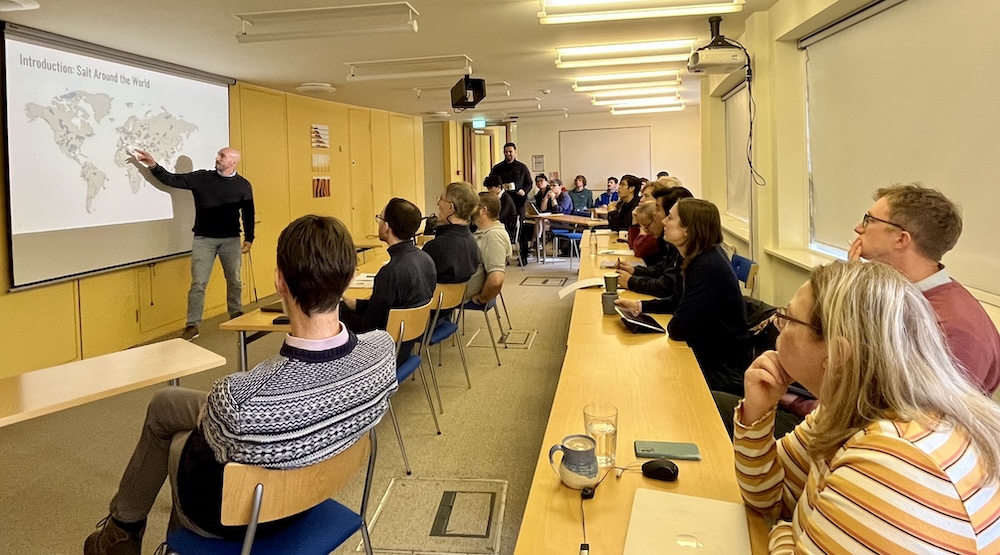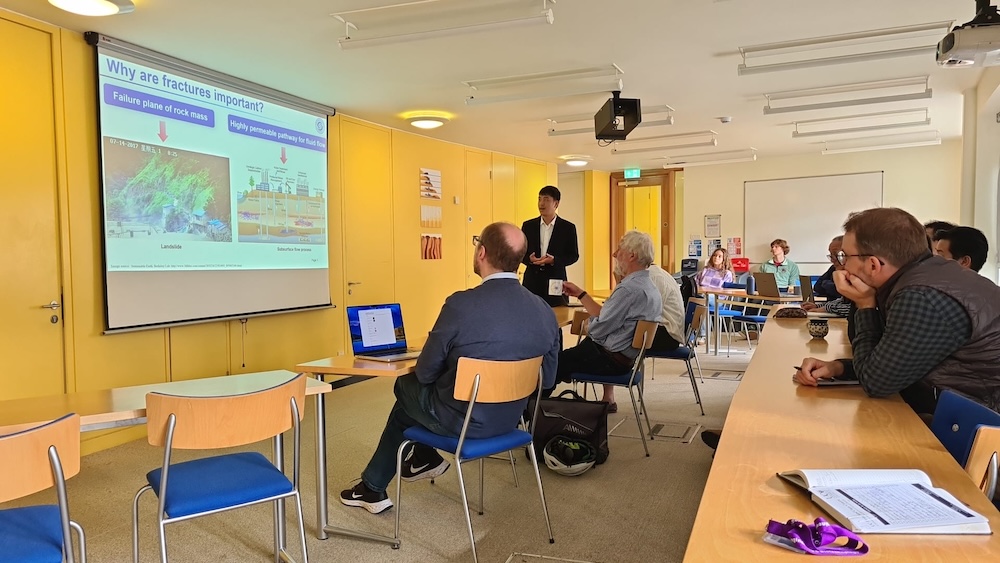High-performance materials for hydrogen production
Investigating exsolution of metal nanoparticles is an area of evolving interest. Metal nanoparticles have been found to exsolve from metal oxides in the perovskite family under reducing conditions and investigated as fuel cell anodes. Professor Stephen Skinner works at the Department of Materials at Imperial College, and today spoke about the research his group has been carrying
